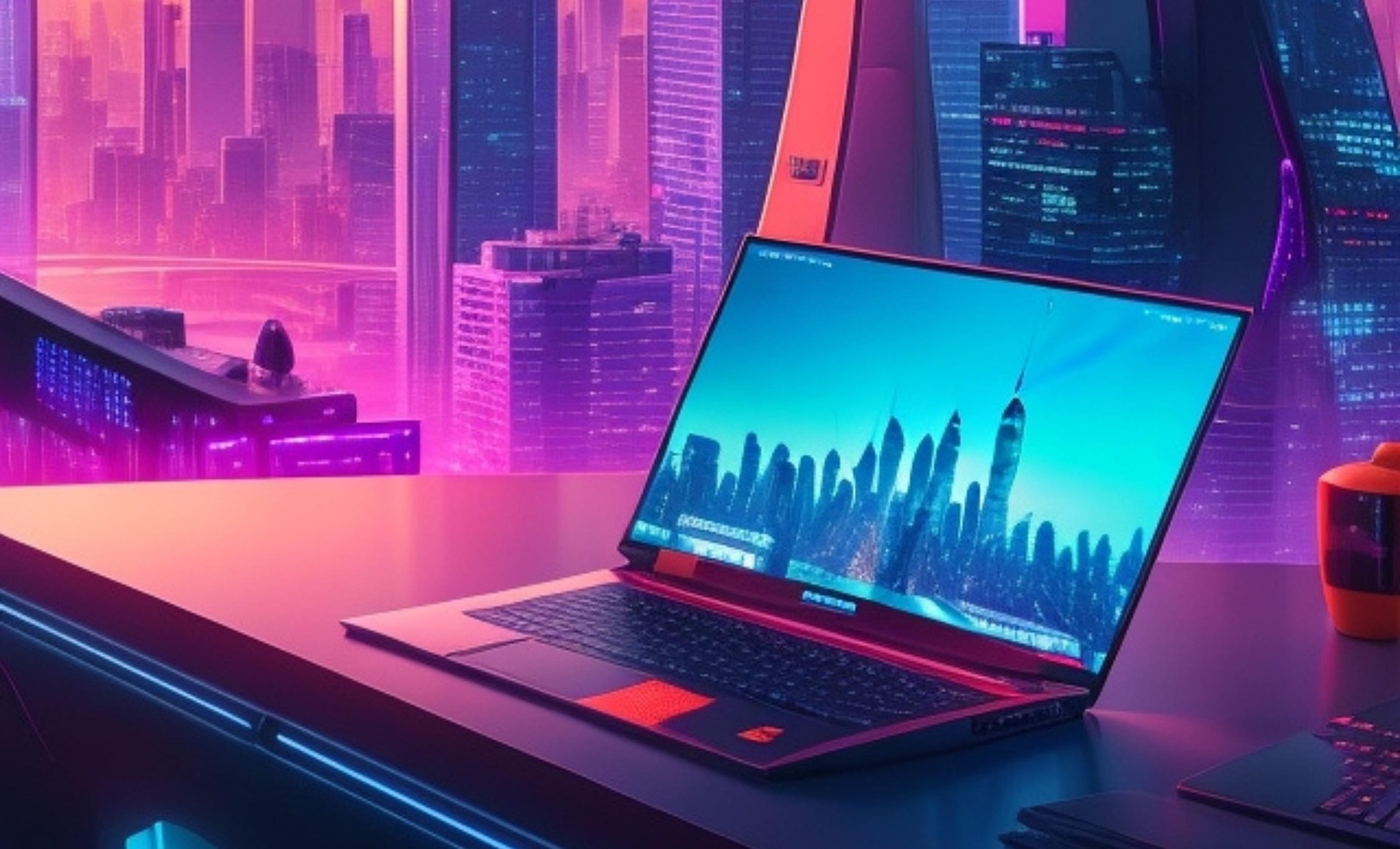By ATS Staff - January 9th, 2025
Latest Technologies
In the ever-evolving landscape of the internet, modern web design has become a cornerstone of how businesses, creators, and individuals connect with their audiences. Gone are the days of static, text-heavy websites with clunky navigation. Today, web design is a dynamic blend of aesthetics, functionality, and user experience (UX) that prioritizes engagement, accessibility, and performance. This article explores the key principles, trends, and technologies shaping modern web design.
The Pillars of Modern Web Design
- User-Centered Design (UCD)
At the heart of modern web design is the user. Designers focus on creating intuitive, seamless experiences that cater to the needs and preferences of the target audience. This involves understanding user behavior, conducting usability testing, and iterating designs based on feedback. The goal is to make websites not only visually appealing but also easy to navigate and interact with. - Responsive Design
With the proliferation of mobile devices, responsive design is no longer optional—it’s essential. Modern websites must adapt seamlessly to various screen sizes, from desktops to smartphones and tablets. This ensures a consistent experience across devices, improving accessibility and user satisfaction. - Performance and Speed
In a world where attention spans are shrinking, speed is critical. Modern web design emphasizes optimizing load times through techniques like image compression, lazy loading, and efficient coding practices. A fast website not only enhances user experience but also boosts search engine rankings. - Accessibility
Inclusive design is a hallmark of modern web design. Websites must be accessible to all users, including those with disabilities. This includes using proper contrast ratios, providing alt text for images, ensuring keyboard navigability, and adhering to Web Content Accessibility Guidelines (WCAG). - Minimalism and Simplicity
Less is more in modern web design. Clean layouts, ample white space, and a focus on essential elements help users focus on what matters most. This minimalist approach not only improves aesthetics but also enhances usability.
Trends Shaping Modern Web Design
- Dark Mode
Dark mode has gained popularity for its sleek appearance and reduced eye strain. Many modern websites now offer a dark mode option, allowing users to switch between light and dark themes based on their preference. - Microinteractions
Microinteractions are subtle animations or feedback mechanisms that enhance user engagement. Examples include button hover effects, loading animations, and success notifications. These small details make the user experience more interactive and enjoyable. - Bold Typography
Typography is playing a more prominent role in modern web design. Bold, custom fonts are being used to create visual hierarchy and convey brand personality. Pairing typography with dynamic layouts adds a unique touch to websites. - 3D Elements and Immersive Design
Advances in web technologies like WebGL and CSS3 have made it possible to incorporate 3D graphics and immersive experiences into websites. From interactive product showcases to parallax scrolling effects, these elements create a memorable user experience. - AI and Personalization
Artificial intelligence is revolutionizing web design by enabling personalized experiences. AI-powered chatbots, recommendation engines, and dynamic content tailoring are becoming standard features, helping businesses connect with users on a deeper level. - Sustainability in Design
As environmental concerns grow, sustainable web design is emerging as a trend. This involves creating energy-efficient websites by optimizing code, reducing server requests, and using eco-friendly hosting solutions.
Technologies Driving Modern Web Design
- HTML5, CSS3, and JavaScript
These core technologies remain the foundation of web design. HTML5 provides structure, CSS3 enables styling and animations, and JavaScript adds interactivity. Together, they empower designers to create dynamic, feature-rich websites. - Frameworks and Libraries
Tools like React, Angular, and Vue.js have simplified the development of complex web applications. Similarly, CSS frameworks like Bootstrap and Tailwind CSS streamline the design process by offering pre-built components and responsive grids. - Content Management Systems (CMS)
Platforms like WordPress, Shopify, and Webflow have democratized web design, allowing non-developers to create professional websites. Modern CMS solutions are highly customizable and integrate seamlessly with third-party tools. - Progressive Web Apps (PWAs)
PWAs combine the best of websites and mobile apps, offering offline functionality, push notifications, and fast load times. They are becoming a popular choice for businesses looking to enhance user engagement. - Motion UI and Animation Libraries
Libraries like GSAP (GreenSock Animation Platform) and Framer Motion enable designers to create sophisticated animations that bring websites to life without compromising performance.
The Future of Web Design
As technology continues to evolve, so will web design. Emerging trends like voice user interfaces (VUIs), augmented reality (AR), and virtual reality (VR) are poised to redefine how users interact with websites. Additionally, the integration of machine learning and AI will enable even more personalized and adaptive web experiences.
However, amidst all the innovation, the core principles of modern web design—usability, accessibility, and aesthetics—will remain unchanged. The challenge for designers will be to balance cutting-edge trends with timeless design practices, ensuring that websites are not only visually stunning but also functional and inclusive.
Conclusion
Modern web design is a dynamic and multifaceted discipline that blends creativity with technology. By prioritizing user experience, embracing new trends, and leveraging advanced tools, designers can create websites that captivate audiences and drive meaningful engagement. As the digital landscape continues to evolve, staying ahead of the curve will be key to crafting the next generation of web experiences. Whether you're a business owner, designer, or developer, understanding the principles of modern web design is essential for success in the digital age.
Popular Categories
Agile 2 Android 2 Artificial Intelligence 50 Blockchain 2 Cloud Storage 3 Code Editors 2 Computer Languages 12 Cybersecurity 8 Data Science 15 Database 7 Digital Marketing 3 Ecommerce 3 Email Server 2 Finance 2 Google 6 HTML-CSS 2 Industries 6 Infrastructure 3 iOS 3 Javascript 5 Latest Technologies 42 Linux 5 LLMs 11 Machine Learning 32 Mobile 3 MySQL 3 Operating Systems 3 PHP 2 Project Management 3 Python Programming 26 SEO - AEO 5 Software Development 46 Software Testing 3 Web Server 7 Work Ethics 2